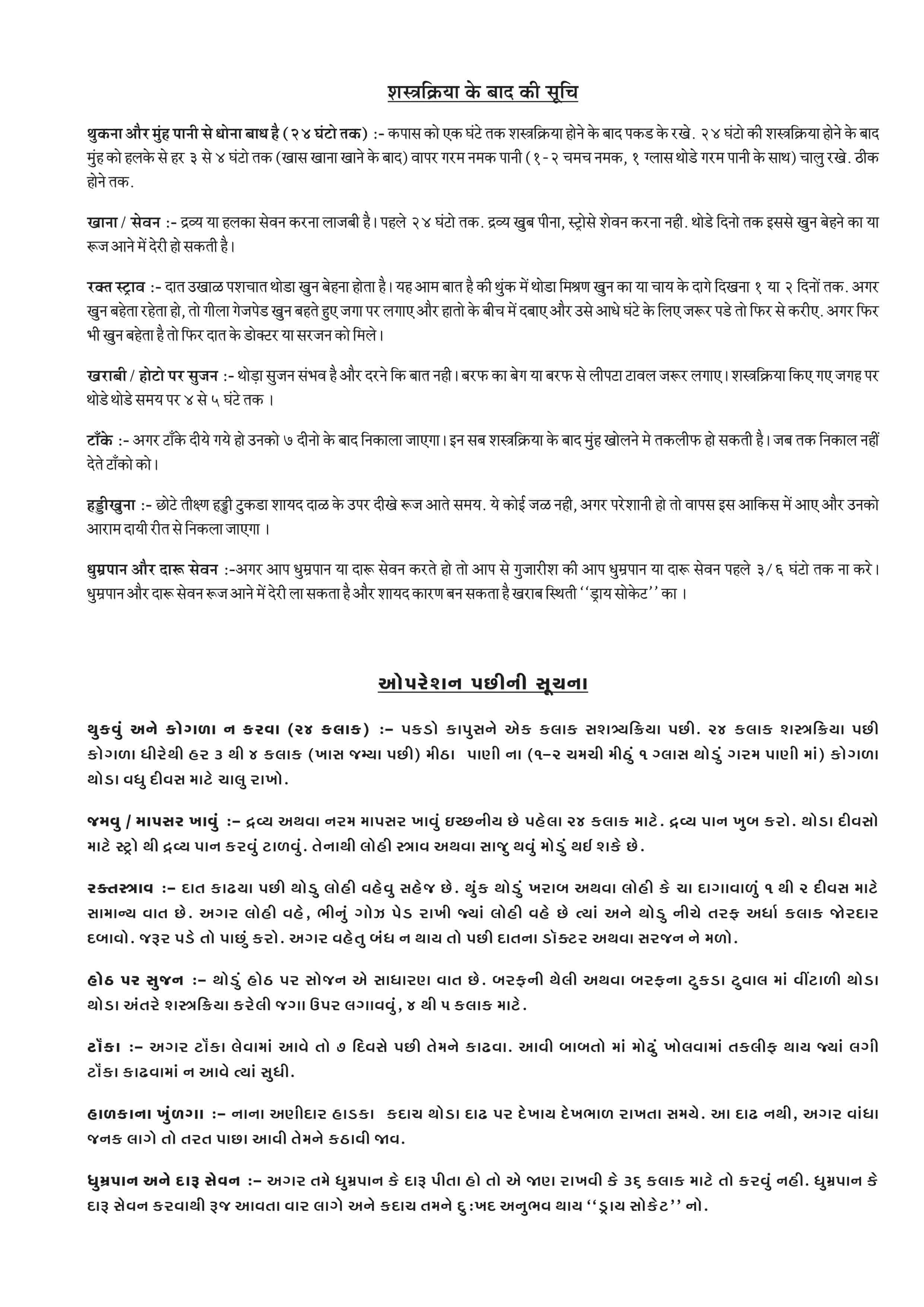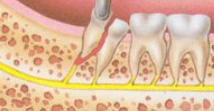WISDOM TOOTH SURGERY
Wisdom Tooth Surgery
Want to keep your teeth for a lifetime, but sometimes it may be recommended to remove a tooth for the good of your dental health. Although many of your teeth are easily removable, it’s occasionally more complicated. Here’s why the surgical extraction of teeth may become necessary.
Why are Teeth Removed?
Teeth are extracted for a variety of reasons:
- Decay has reached deep into the tooth
- Infection has destroyed a large portion of the tooth or surrounding bone
- There is not enough room for all the teeth in your mouth

Bacteria can enter around a partially erupted tooth and cause an infection, which can extend into the surrounding bone and become extremely serious. Impacted teeth continue trying to break through the gum tissue even if there is not enough room to accommodate them. The continued pressure caused by this attempted eruption can eventually damage the roots of nearby teeth. Removing a tooth that is impacted can often prevent infection, damage to adjacent teeth and bone, and save pain in the years to come.

Tooth Removal Procedures
There are two types of extractions:
Simple extraction – this procedure is on a tooth that can be seen in the mouth. For a simple extraction, the dentist loosens the tooth with an instrument called an elevator. Then the dentist uses forceps to remove the tooth.
Surgical extraction – this is a more complex procedure, which is used if a tooth may have broken off at the gum line or has not erupted in the mouth. The oral surgeon will make a small incision into your gum to surgically remove the broken tooth or impacted wisdom tooth.
How are Teeth Removed?
Before a tooth is removed, we will thoroughly review your medical and dental history and take the appropriate X-rays.
Before removal, the area around your tooth will be anesthetized with local anaesthesia to numb the area of the mouth where the extraction will take place.
For a simple extraction, once the area is anesthetized, the tooth is loosened with the help of a tool called an elevator, then extracted with dental forceps. We may choose to close the area with a stitch.
Reasons for Surgical Extractions
By taking an x-ray and examining your tooth, we can usually determine whether or not your wisdom tooth extraction will be simple or surgical. But there are times when a simple extraction turns into a surgical. If a tooth breaks off during the procedure, for instance, it may need to be taken out in pieces.
Wisdom teeth removal often face surgical extraction because they’re usually impacted, meaning they are not completely erupted into the mouth. This condition requires cutting through bone and tissue. Removing severely broken down teeth, root tips or teeth with long-curved roots are other examples of surgical extractions. Then there are times when the bone around a tooth has become dense, resulting in the need for surgical treatment






